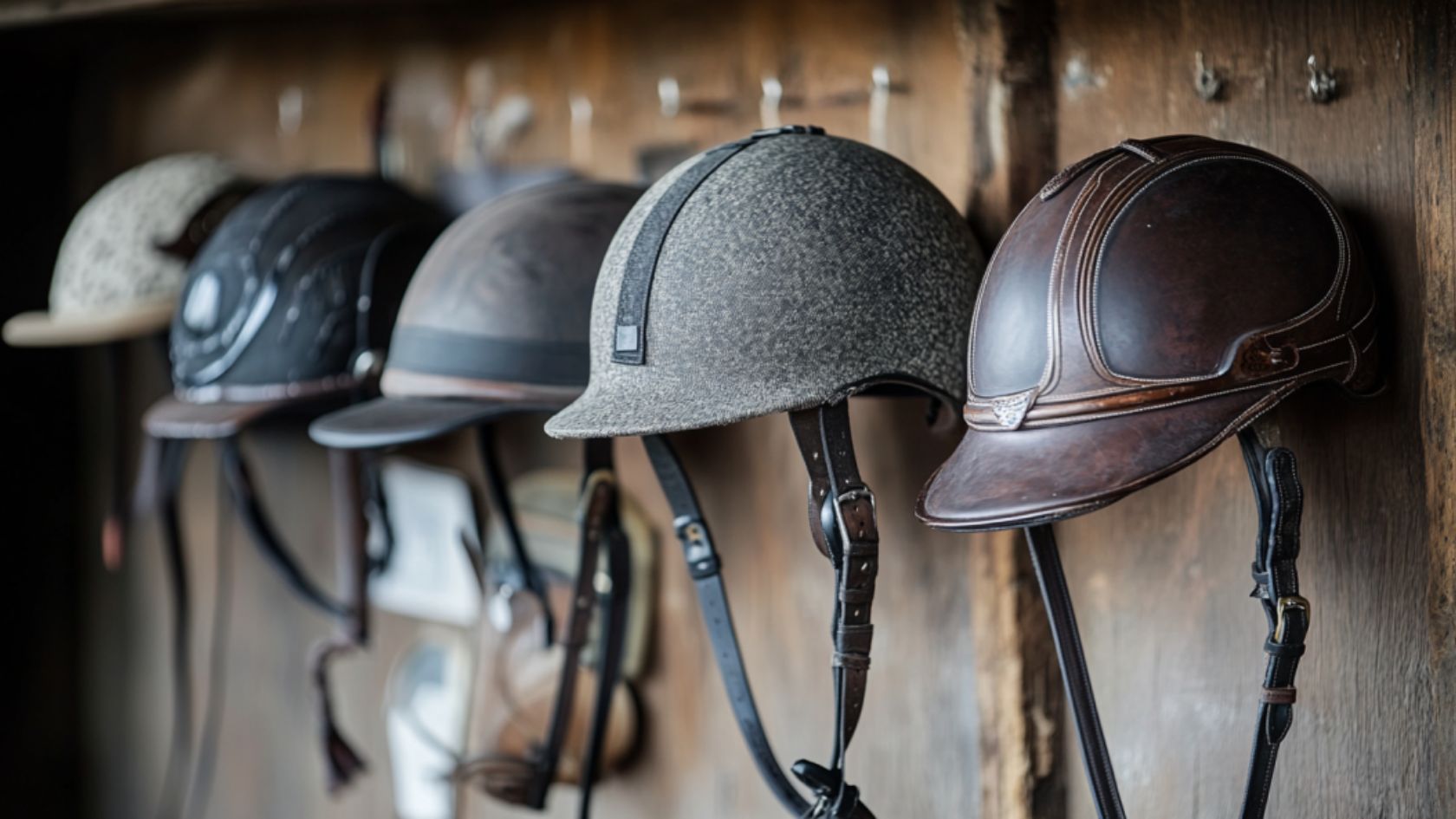Horseback riding is thrilling, offering a unique connection with the outdoors and a powerful animal. Yet, like any activity involving speed and height, it brings risks. Falling from a horse can lead to serious injuries, particularly to the head. That is why a reliable helmet is the most important safety equipment.
According to equestrian safety experts, helmets reduce the risk of severe head injuries, and many professional riders advocate for their universal use, regardless of skill level or riding style. In this post, we’ll explore why wearing a helmet is so important, the various types available, and tips for selecting the right one to ensure every ride is as safe as enjoyable.
Why Helmets Are Essential for Horse Riding
Falling from a horse, even at a slow speed, can result in severe injuries. Horses are powerful animals, and even a minor spook or misstep can lead to a rider taking a fall. According to studies, head injuries account for the most serious horseback riding accidents. The British Horse Society (BHS) promotes helmets, emphasizing the importance of ensuring that your horse-riding helmet is fastened and fits correctly. Wearing a helmet significantly reduces the risk of head trauma by absorbing impact, protecting the skull, and lessening the likelihood of concussion or other severe injuries.
Types of Horse Riding Helmets
Horse riding helmets come in several styles, each designed with unique features to suit different types of riding and personal preferences:
- Traditional Helmets: Typically made of sturdy material with a classic design, these helmets are popular in English riding disciplines like dressage, show jumping, and hunter events. They often have velvet covers for a refined look but are built with strong inner liners for protection.
- Western Helmets: Western-style helmets blend the traditional look of a cowboy hat with the safety features of a helmet. They’re popular in rodeo events, trail riding, and even general-purpose riding, as they offer protection and a familiar Western aesthetic.
- Eventing Helmets: Used in high-intensity equestrian events such as cross-country and endurance riding, these helmets prioritize maximum protection and often include extra padding, enhanced ventilation, and a secure fit system to withstand the rigorous demands of intense riding.
- Kids’ Helmets: Helmets for young riders are designed with the same high protection standards but often include bright colors and patterns that make wearing them more appealing to children. Some even feature adjustable padding to grow with the child.
Key Features to Consider When Choosing a Helmet
Several important factors can help ensure the best fit and the most effective protection when selecting a horse riding helmet.
- Fit and Comfort: Helmets should fit snugly without being too tight or loose. If a helmet shifts easily when you move your head, it may be too big. Most helmets have adjustment mechanisms to help achieve a secure fit, but consult a professional for fitting guidance if in doubt.
- Ventilation: Riding can be physically demanding, and a poorly ventilated helmet can lead to overheating. Look for helmets with strategically placed vents that allow airflow without compromising safety.
- Certification Standards: A quality helmet should meet safety certifications such as ASTM/SEI in the U.S., PAS 015 in the UK, or VG1 in Europe. These certifications indicate the helmet has passed rigorous testing for impact resistance and other safety standards.
- Weight: Lightweight helmets reduce strain on your neck and make riding more comfortable, especially during long rides. Many modern helmets are designed with lightweight materials without sacrificing protection.
- Style and Aesthetics: From sleek and sporty to classic and traditional, there’s a style for every rider. Helmets now come in various colors and finishes, allowing riders to express their individuality while staying safe.
Horse riding is among the most rewarding activities, offering adventure, skill development, and a strong bond with a remarkable animal. However, safety should always be a priority, and a good-quality helmet is essential for any rider. Accidents can happen even with the most well-trained horse and the most experienced rider; a spook, an unexpected misstep, or an unanticipated change in terrain can lead to a fall or collision. This is why a helmet should be an essential part of any rider’s gear—providing protection and peace of mind that allows them to focus more fully on their riding experience.





